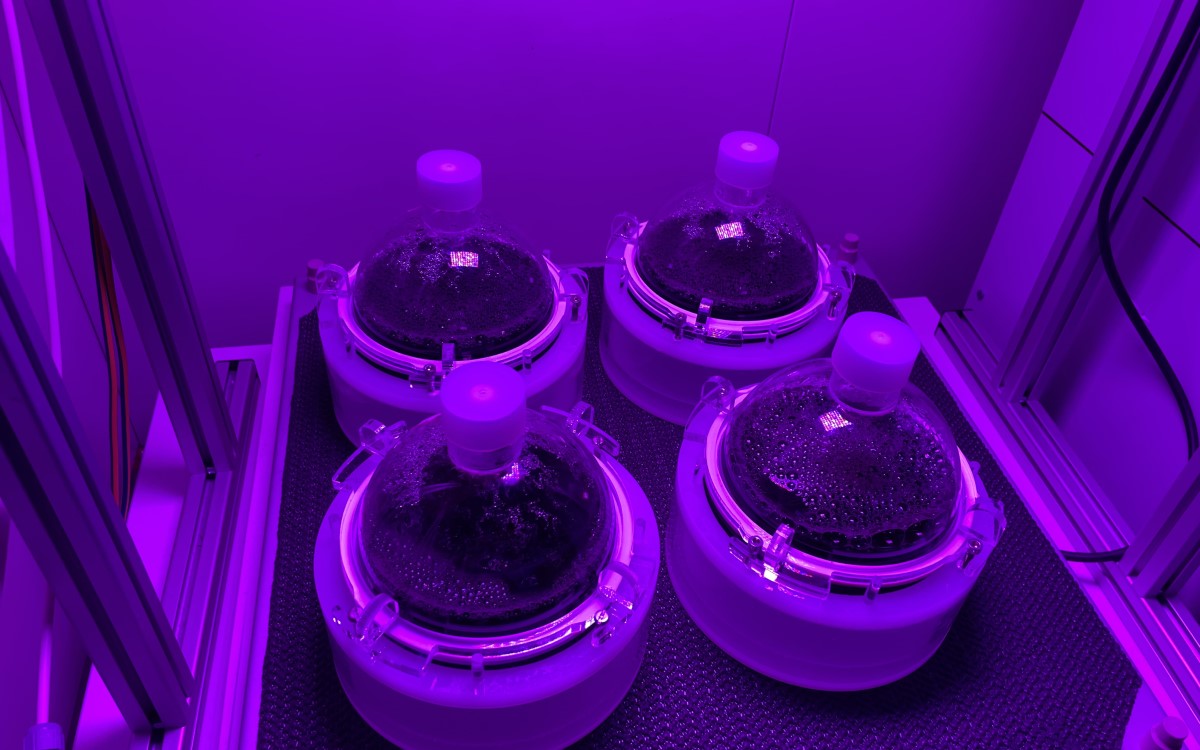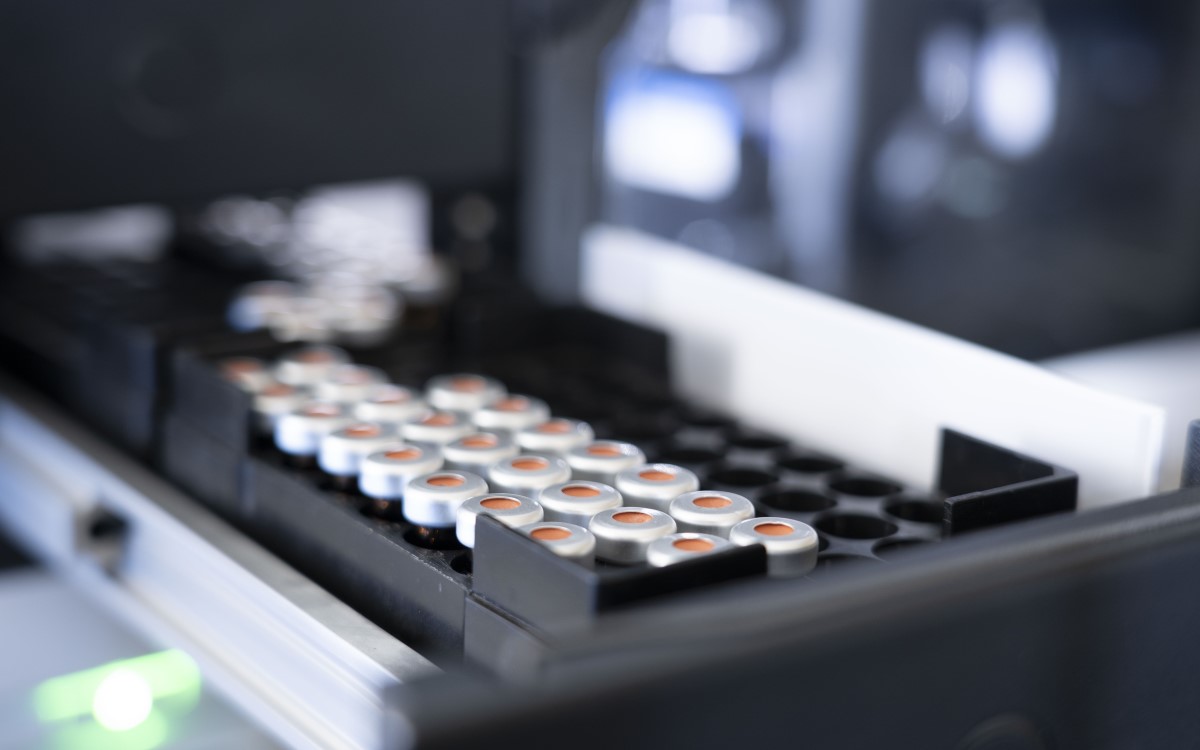Septmeber 25, 2023 ǀ A new study shows that sewage pollution, whether treated or untreated, is the primary driver of increased nutrients, algae, and sewage fungus in rivers. It also radically alters plant, animal, and microbe communities, increasing the abundance of harmful species.
New research by the University of Oxford reveals that sewage discharge into rivers has a greater impact on water quality, and the animals and plants that live in rivers, than surrounding land use. This has strong implications for the state of UK rivers in light of recently weakened nutrient neutrality regulations for new housing developments. The findings have been published today in the journals Global Change Biology and Ecological Solutions and Evidence.
Rivers are crucial for water cycle
Rivers are crucial parts of the global water cycle, contain important biodiversity, and are essential for human health. However, water companies in the UK are allowed to release treated wastewater into rivers, and even untreated wastewater during heavy rainfalls (known as storm overflow). As well as the ecological consequences, this poses serious threats for human wellbeing if the water is then used for drinking, recreational, or agricultural purposes.
Researchers from the University of Oxford’s Department of Biology investigated the effects of three different pollution sources (treated sewage discharge, agriculture, and urban run-off) on different aspects of river systems. The group tested four rivers in England, both up- and downstream of sewage discharge, over three different months.
The results demonstrated that treated sewage discharge was the best predictor of high nutrient levels, bottom-dwelling algae, and sewage fungus abundance, regardless of the type of land use (agriculture or urban) in the surrounding area.
Dr Dania Albini (Department of Biology, University of Oxford), lead author of the study, said: “Our study highlights the disproportionate impact that sewage discharge has on river quality, presenting an urgent need for a comprehensive action plan targeting the sewage discharge problem. Improvements to waste water plants should be implemented along with more regulations. These efforts are crucial in safeguarding the integrity and safety of our rivers — fundamental elements of both ecosystems and human wellbeing.
Many rivers in UK are in poor evological state
Dr Michelle Jackson (Department of Biology, University of Oxford), senior author of the study, said: “There is ongoing debate about the cause of the poor ecological state of many rivers in the UK because it is difficult to disentangle different pollution sources. Here, we show that even treated sewage appears to have a stronger influence on river communities than pollution from the surrounding land. This important information should be used to prioritise the management and conservation of our rivers moving forward.”
Nutrients exacerbate the decline of waterways by promoting the growth of harmful species and deteriorating others. This was seen in the rivers studied through a shift in macroinvertebrate and algae communities downstream of sewage input, with more tolerant groups such as cyanobacteria and worms becoming more abundant. This is concerning as cyanobacteria are well known for producing toxic chemicals that can kill many aquatic organisms. As a result of this, wastewater pollution has the potential to alter and degrade critical ecosystem processes via loss of critical species.
In the study, only one measurement –the abundance of the sensitive insect groups of mayflies, stoneflies, and caddisflies – was best predicted by agricultural land use. This suggests that water quality and river communities are generally more threatened by treated sewage discharge than pollution from the surrounding catchment, but agricultural pollution also needs to be kept in check.
Public concern over the state of waterways
These new findings come at a time of intense public concern over the state of the UK’s waterways. A recent investigation for the Observer found that more than 90% of freshwater habitats on England’s most precious rivers have been degraded by farming pollution, raw sewage and water abstraction.
James Wallace, CEO of the UK-based charity River Action, commented on the findings: “This important research demonstrates yet again the damage from unregulated water companies and agriculture. In addition to the catastrophic impact on wildlife from nutrient pollution, the public should be aware that sewage systems do not remove dangerous bacteria such as E.coli and intestinal enterococci from treated sewage. For instance, recent citizen science on the River Thames found that Thames Water’s outflows often have four to five times the safe levels of bacteria, that has likely caused serious illness in swimmers and rowers. When will the government make water companies and farms clean up their act, especially in places where human lives and sensitive protected habitats are threatened?”
An early-detection system for spotting dangerous outbreaks
The researchers also developed a new method to allow early detection of potentially dangerous outbreaks of ‘sewage fungus’. This is a complex mix of fungus, algae, and bacteria which forms large masses when there are high organic nutrient levels. They not only cause unpleasant smells, but severely reduce oxygen levels in water which can adversely affect all river species, and cause mass fish mortality.
Currently, sewage fungus is only assessed visually, so it is only found once it has become large enough to already be having negative effects. The researchers developed a new method to allow early detection, an essential step to enable swift intervention to avoid extensive outbreaks. Their method uses imaging techniques and machine learning to rapidly identify sewage particles and sewage fungus in water samples.
The technique could be used as a ‘canary in the coal mine’ by both water companies and monitoring organisations such as the Environment Agency, and could prove to be a valuable tool in limiting pollution build-up and halting species decline.
Dr Michelle Jackson said: “Rapid identification of sewage fungus pollution events will allow early intervention which would help prevent any potential negative consequences for local wildlife.”
Original publications:
Dania Albini, Lauren Lester, Philip Sanders, Jocelyne Hughes, Michelle C. Jackson: “The combined effects of treated sewage discharge and land use on rivers” in Global Change Biology 2023, DOI: https://onlinelibrary.wiley.com/doi/10.1111/gcb.16934
Dania Albini, Lauren Lester, Philip Sanders, Jocelyne M. R. Hughes, Michelle C. Jackson: “Early detection and environmental drivers of sewage fungus outbreaks in rivers” in Ecological Solutions and Evidence 2023, DOI: https://besjournals.onlinelibrary.wiley.com/doi/10.1002/2688-8319.12277







